The article below was published in the Spring 2013 issue of Community Resource Magazine.
 Community Managers are in the business of protecting the greatest investment most people will ever make… their home. The roots of everything we do – covenant enforcement, design review, landscape maintenance, reserve planning and homeowner relations – circles back to this basic premise. While investment protection was the original purpose of Homeowners Associations, today’s marketplace has created an amazing opportunity for Community Managers to actually help grow this investment for their clients.
Community Managers are in the business of protecting the greatest investment most people will ever make… their home. The roots of everything we do – covenant enforcement, design review, landscape maintenance, reserve planning and homeowner relations – circles back to this basic premise. While investment protection was the original purpose of Homeowners Associations, today’s marketplace has created an amazing opportunity for Community Managers to actually help grow this investment for their clients.
In the not-so-distant past, Homeowner Associations were focused on rule enforcement. The “rules” were about property appearance and resident behavior. Controlling both the former and the latter was the near-impossible charge of “Property Mangers”. The issues at stake included loud noises, pesky children, overgrown weeds, abandoned dog poop and trash can removal. Homeowner involvement was typically discouraged. Partnerships with outside entities were limited and isolation was commonplace. Privatopia1 – a land where individual rights outweighed the general good – had emerged.
By 1980, the disappearance of social networks in America was of growing concern to social scientists. In an effort to measure this decline, Harvard professor Robert D. Putnum conducted a landmark study entitled Bowling Alone: The Collapse and Revival of American Community 2. Using bowling leagues to measure social involvement, Putnum found that, although the number of people bowling had risen; the number of people bowling in leagues had declined. More importantly, he concluded that social networks (like bowling leagues) actually held value for the people involved. He called this value “social capital”.
Bowling Alone revolutionized the way developers envisioned life in their new communities. If social connections could actually add value to a neighborhood, then why not encourage resident involvement through shared space and community programming? “Homeowner Associations” were redefined as Community Associations… the best vehicles through which to deliver this social connectivity.
In response to this new market, the role of Association Managers has begun to evolve. The most progressive industry professionals now take a collaborative approach to their jobs, acting as Servant Leaders to their communities. They are available, open, empathetic and ready-to-listen to the neighbors they serve. Their objectives go beyond investment protection…they are actually looking for ways to add value to each community they oversee. This approach gives Community Managers a clear understanding of what is most important to each unique neighborhood.
Servant Leadership is defined by Robert K. Greenleaf3 as the care taken to ensure that other people’s highest priority needs are being served. The best test of this is whether those people grow in health, wisdom, freedom and autonomy. How would the people in your community measure on this scale?
Today’s homeowners are looking for more than manicured landscaping and clean swimming pools…They are looking for a place to belong. Today’s Community Managers have great opportunity to create such places and build valuable social capital in the communities they serve. By employing Servant Leadership techniques, Association Managers can evolve with the market and help to change the perception of our industry.
1 McKenzie, Evan, Privatopia: Homeowners Associations and the Rise of
Residential Private Government, New Haven, YaleUniversity Press, 1994
2 New York, Simon & Schuster, 2000
3 Servant as Leader, Robert K. Greenleaf, 1970
